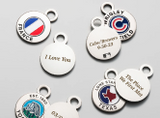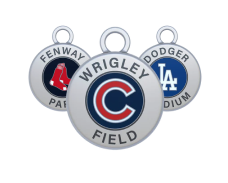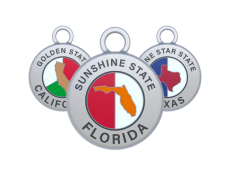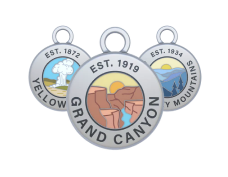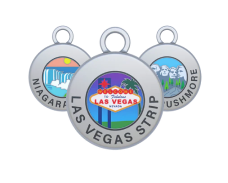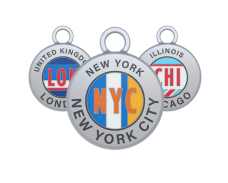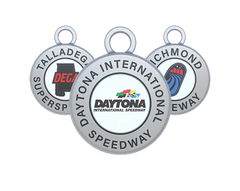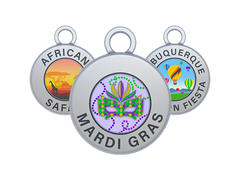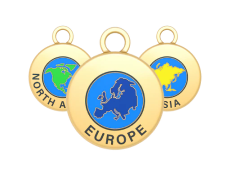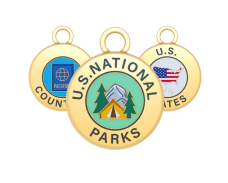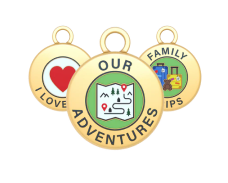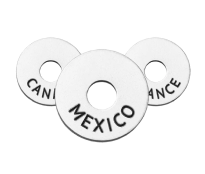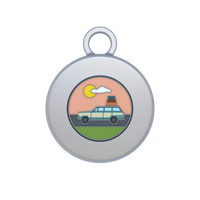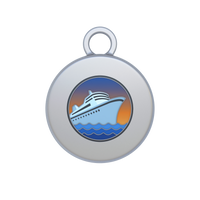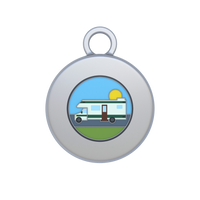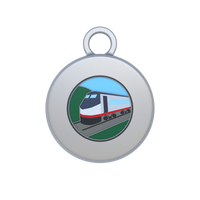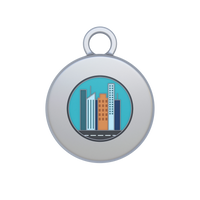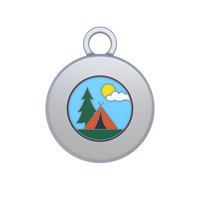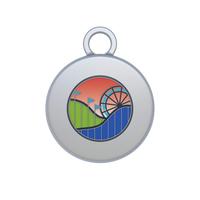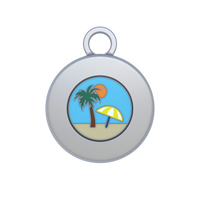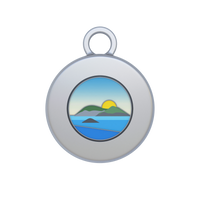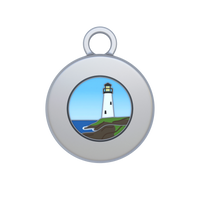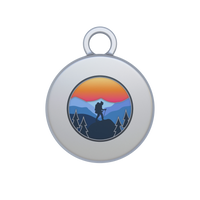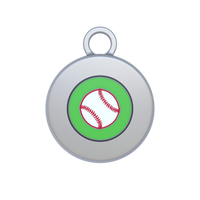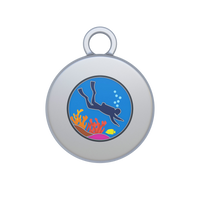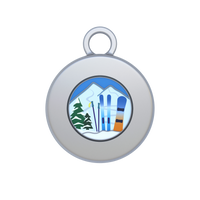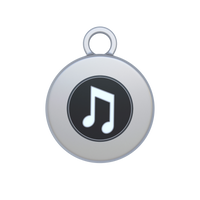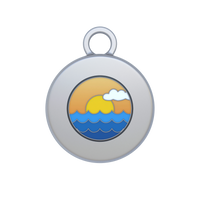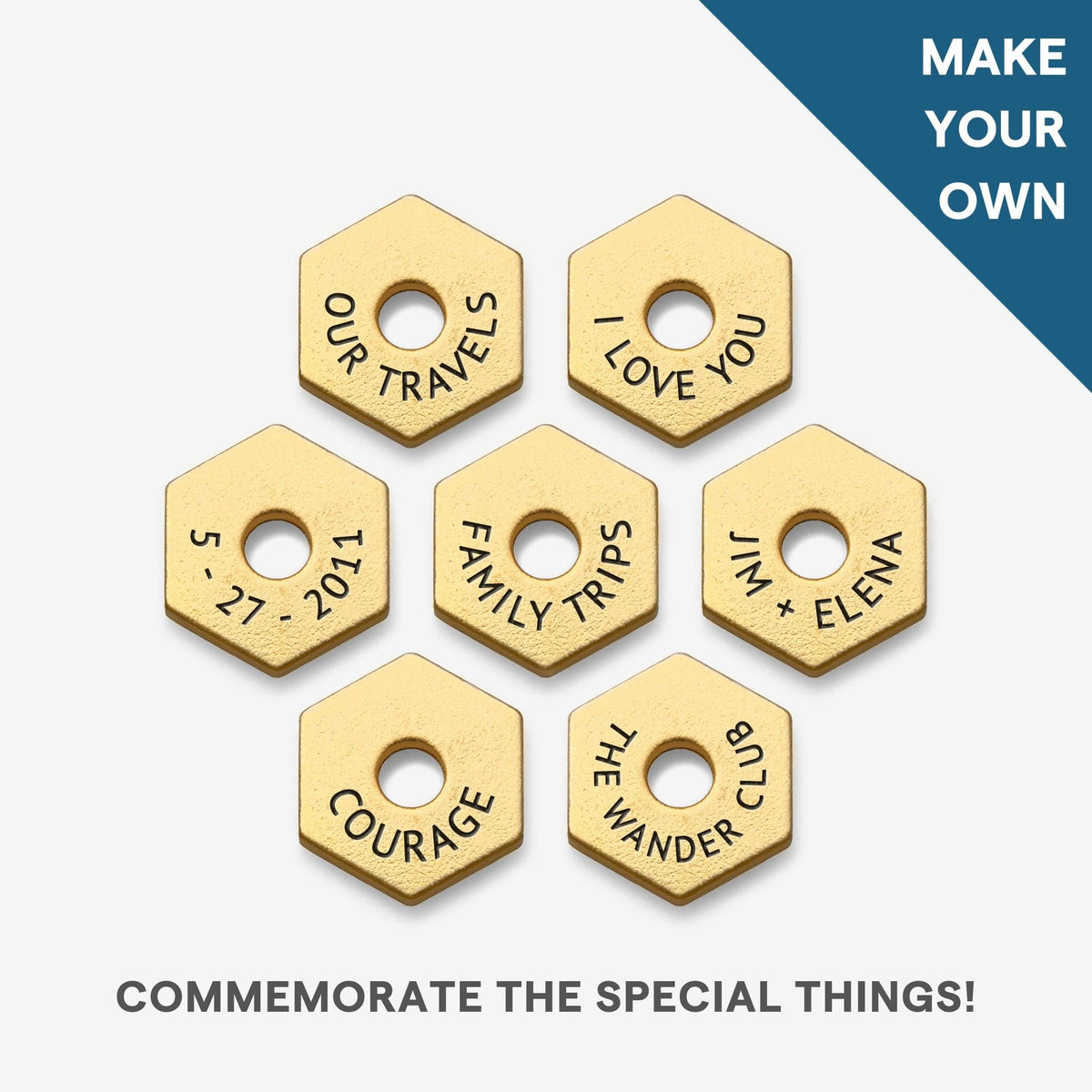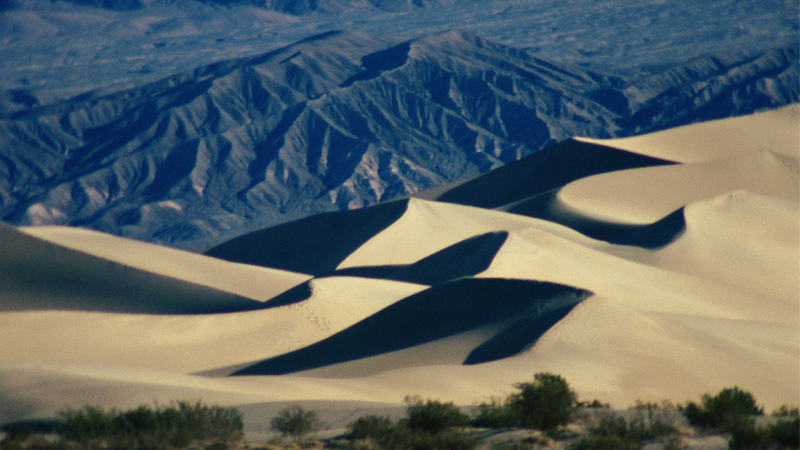
Key Takeaways:
- Diverse Experiences Within The Park: Uncover diverse experiences and unique locales within Death Valley National Park, from breathtaking scenic drives to exploring ghost towns and mining ruins.
- Essential Tips To Prepare Well: Take note of essential tips for visitors, emphasizing safety, preparation, and respect for the environment to enhance and protect their adventurous explorations.
- Hidden Gems For You: Find lesser-known spots and historical sites to capture the park's multifaceted allure.
There’s a feeling you get the first time you step into Death Valley National Park,like you’ve landed on another planet and somehow stumbled into a memory you haven’t made yet. The air is dry and electric. The silence feels almost orchestral. Dunes ripple like frozen waves, salt flats crackle underfoot, and mountains paint themselves in wild, unexpected colors. It’s a place that rewards the curious, the patient, and the nostalgic. The park is for those of us who collect not just photos, but moments.
In this guide, we’ll go over some of the best things to do in Death Valley National Park, whether you’re racing tracing the shadows at Mesquite Flat Sand Dunes, or taking the scenic route.
Essential Tips For First-Time Death Valley Explorers
Time Your Trip Like A Pro
- Visit between late fall and early spring for cooler temps and clearer skies; sunrise and sunset are prime time year-round.
- In summer, plan dawn-to-10 a.m. outings, then rest.
Hydration Is Non-Negotiable
- Minimum one gallon of water per person per day, plus electrolytes. Bring more than you think you’ll need.
- Don’t rely on finding water at trailheads or remote outposts.
Dress For Extremes
- Light, breathable layers, sun hat, UV sunglasses, and high-SPF sunscreen. Long sleeves/pants help more than you’d expect.
- Pack a warm layer, as desert nights and high elevations like Dante’s View can get surprisingly cold.
Navigating The Park: Routes, Roads, And Scenic Drives
Death Valley isn’t just a destination, it’s a mood the road slowly reveals. The good news? Whether you’re in a low-clearance sedan or a high-clearance 4x4, there’s a route for you. Here’s a few iconic routes to chart your own course on:
Highway 190 (East–West Backbone)
-
Best for: First-timers, sunrise/sunset chasers
-
Scene: The park’s main artery runs from Death Valley Junction to Panamint Springs, linking Furnace Creek, Zabriskie Point, and Stovepipe Wells. It’s a sweep of big-sky drama, with pullouts that make you feel like you’ve hacked a backdoor into a movie set.
- Pro tip: Time Zabriskie Point for golden hour. The badlands turn molten; your photos will look like you cheated with filters.
Badwater Road (Southbound To Salt And Silence)
- Best for: Iconic views, easy day-tripping
- Scene: From Furnace Creek, head south past the Artist Drive turnoff to Devil’s Golf Course and Badwater Basin. The road is smooth, the stops are straightforward, and the payoff is standing at the lowest point in North America.
Must-stops:
- Artist Drive/Artist’s Palette (one-way loop, passenger cars OK): Go in late afternoon to watch the hills flip through technicolor.
- Badwater Basin: Walk the salt polygons early or late; mid-day heat can feel like an oven door swinging open.
How To Read The Roads Like A Local:
- Fuel early, fuel often: Gas is available at Furnace Creek, Stovepipe Wells, and Panamint Springs, but distances are deceptive, and prices climb with the thermometer.
- Check conditions the day of: Storms reshape gravel roads overnight. Park alerts and visitor centers will save you a tow bill.
- Mind the heat: Engines and humans overheat here. Travel early, carry extra water, and let your car rest if temps climb and grades get steep.
- Respect the one-way loops: Artist Drive and Twenty Mule Team Canyon are designed as forward-only. Turning around isn’t just frowned upon, it’s dangerous.
- Don’t trust the shortcut: That thin gray line on your map? It might be a seasonal wash. If your GPS suggests “a faster route,” don’t put your full trust in it.
Roaming The Mesquite Flat Sand Dunes At Sunset
There’s a moment, somewhere between the day’s last glare and the moon’s quiet rise, when Mesquite Flat shifts from spectacle to secret. The heat softens. The wind messes with the dune crests, leaving fresh calligraphy in the sand. You step off the packed trail of boot prints and watch them vanish behind you with every breeze, as if the desert is politely editing your presence. It’s the kind of place that reminds you how small you are, and somehow that feels like a relief. Here are some tips on how to roam the salt flats at sunset:
Arrive Early
Come an hour before sunset, when the shadows start stretching long and blue. Pick a dune, any dune, and start climbing. The sand will fight you, swallowing your ankles and burning your calves, but the payoff is the summit: a panoramic wave of gold on gold, with the Cottonwood Mountains standing stoic in the distance like an audience that’s seen this play a thousand times and still claps at the ending. From up there, you’ll see how the dunes braid into each other, how every ridge carries the day’s story.
Slow Down
The trick is to slow down. The dunes are a masterclass in patience; they reward the lingerers. Sit at the crest and let the sun drop a degree at a time. Watch the sand flip its palette from glare to glow, white-hot blond to warm butterscotch to bronze. The textures pop when the light tilts low, each ripple casting a crisp shadow, each curve suddenly more dramatic. Photographers talk about “golden hour” like it’s a technical term. Here, it’s a feeling.
Keep An Ear Out
You’ll hear things, too. The wind threading between dunes. Your own breath. Occasionally, laughter from a distant group finding out the hard way that sandboarding here is more slapstick than sport. If it’s been an especially hot day, you might catch the dunes singing, as the soft, eerie hum of shifting grains moving in chorus. It sounds like a far-off engine or a chorus of bees, the desert’s own soundtrack easing into the night.
Historic Ghost Towns And Mining Ruins To Explore
If you’re chasing stories as much as scenery, these are the places where history still hums:
Rhyolite
- What you’ll see: The skeletal shell of the three-story Cook Bank Building, a crumbling train depot, and the famously eerie Bottle House, pieced together from more than 50,000 glass bottles.
- Why it matters: Rhyolite rose fast on a gamble of gold and fell just as quickly when the veins ran dry. It’s a masterclass in boom-and-bust economics, framed by jagged ridgelines and big-sky silence.
- Pro tip: Go at golden hour. The façades glow like set pieces, and the adjacent Goldwell Open Air Museum adds surreal, modern art to the backdrop of 1900s ruin.
Keeler And Cerro Gordo
- What you’ll see: The former company town of Keeler by the shores of Owens Lake, and high above it, Cerro Gordo, the silver mine that once bankrolled Los Angeles’s early growth.
- Why it matters: Cerro Gordo’s ore fueled a city; its tunnels and hoists still stand as a testament to grit and risk. With recent preservation efforts, you can feel the weight of history without losing the sense of discovery.
- Pro tip: The road to Cerro Gordo can be rough, and high-clearance vehicles recommended. Check current conditions and access policies; a quick call ahead can save a day’s detour.
Skidoo
- What you’ll see: Scattered building pads and the remnants of a stamp mill, perched incongruously in a water-starved landscape.
- Why it matters: Skidoo pulled off an engineering flex,piping water 20 miles across badlands to power its mill. Standing there, it’s hard to believe they made it work at all.
- Pro tip: Bring a topo map or GPS. Skidoo is remote; the magic is in finding what’s left where the map fades into guesswork.
Final Thoughts
Death Valley National Park is a place that lingers on your camera roll, but mostly in your bones. Whether you’re chasing stars in the darkest skies, tracing the ghost of a salt flat, or climbing out of a canyon with dust on your boots and a grin you can’t shake, Death Valley has a way of turning moments into memories.
At The Wander Club, we believe those memories deserve more than a passing scroll. They deserve a keepsake that brings you back, again and again. Our National Park tokens and Wanderchains are built to last, to travel, and to tell your story, one adventure at a time. Personalize them, gift them, add to them. Each token is a small chapter in your bigger journey.
Read also:
- What To Do In Arches National Park: Best Hikes, Arches & Views
- Explore The Everglades: Best Activities, Tours & Wildlife Adventures
- Explore Indiana Dunes: Beaches, Trails & Family-Friendly Activities
Frequently Asked Questions About Visiting Death Valley National Park
When is the best time to visit Death Valley National Park?
The sweet spot is late fall through early spring, roughly November to March. You’ll get comfortably cool mornings, crisp evenings, and daytime highs that invite long hikes without the heat haze. Wildflower chasers should aim for late February to April in good bloom years. If you’re set on summer for the surreal emptiness and shimmering mirages, plan sunrise and sunset outings, rest midday, and hydrate often.
What are the top attractions in Death Valley?
Some of the top attractions in Death Valley include the following:
- Badwater Basin: Stand on the salt flats 282 feet below sea level and watch the polygon patterns glow at sunset.
- Zabriskie Point: A sunrise staple,golden badlands in every direction.
- Dante’s View: A sweeping overlook that makes you feel tiny in the best way.
- Mesquite Flat Sand Dunes: Soft, sculpted dunes perfect for golden hour photos and stargazing.
- Artist’s Drive/Artist’s Palette: A technicolor canyon drive with jaw-dropping mineral-stained hills.
- Golden Canyon & Gower Gulch Loop: Iconic hiking among tight narrows and towering badlands.
- The Racetrack Playa: Mysterious “sailing stones” and a moonlike landscape,requires high-clearance, preferably 4WD.
- Ubehebe Crater: A volcanic maw that looks like it was dropped from space.
Is it safe to visit Death Valley during the summer?
It can be if you respect the heat. People get in trouble when they underestimate how fast the desert dehydrates and disorients. Start hikes at first light, wrap up outdoor exertion by 10 a.m., and spend midday exploring by car or resting in shade. Bring at least one gallon of water per person per day (more if hiking), snacks with electrolytes, and sun protection. Know your route, keep your gas tank topped up, and tell someone your plans. If a trail or road feels wrong, turn back. Pride is replaceable; your health isn’t.
What are the best sunrise and sunset spots?
The best sunrise spots at Death Valley National Park include Zabriskie Point (soft, golden textures), Mesquite Flat Sand Dunes (long shadows, cool temps), Dante’s View (watch the valley wake up from above). Memorable sunset spits include the Artist’s Palette (colors pop), Dante’s View (alpenglow on the Panamints), Badwater Basin (mirror-like salt flats after rare rain), and Mesquite Flat Dunes (silhouettes and pastel skies).
Are there hotels or campgrounds in the park?
Lodging: Options cluster around Furnace Creek (The Inn at Death Valley and The Ranch at Death Valley) and Stovepipe Wells Village. They book up fast in peak season, so reserve early.
Campgrounds: Furnace Creek (reservable in season), Texas Springs, Sunset, Stovepipe Wells, Mesquite Spring, and a handful of more primitive spots. Summer closures and capacity limits happen; verify current status with the NPS before you roll in. Dispersed camping has restrictions, so be sure that you know the rules and tread lightly.
What are the must-see viewpoints in Death Valley?
Some of the must-see viewpoints in Death Valley include:
- Zabriskie Point: Best at sunrise for soft light on the badlands.
- Dante’s View: Panoramic perfection over Badwater Basin,sunrise or stargazing gold.
- Father Crowley Vista: Basalt cliffs, big sky vibes, and occasional fighter jet flybys.
- Aguereberry Point: A lesser-known alternative to Dante’s, with epic views and fewer crowds.
- Artist’s Palette Overlook: Late afternoon light makes the colors ignite.
